Home>Kitchen & Cooking>Kitchen Gadgets & Utensils>How To Cook Pasta In A Kettle
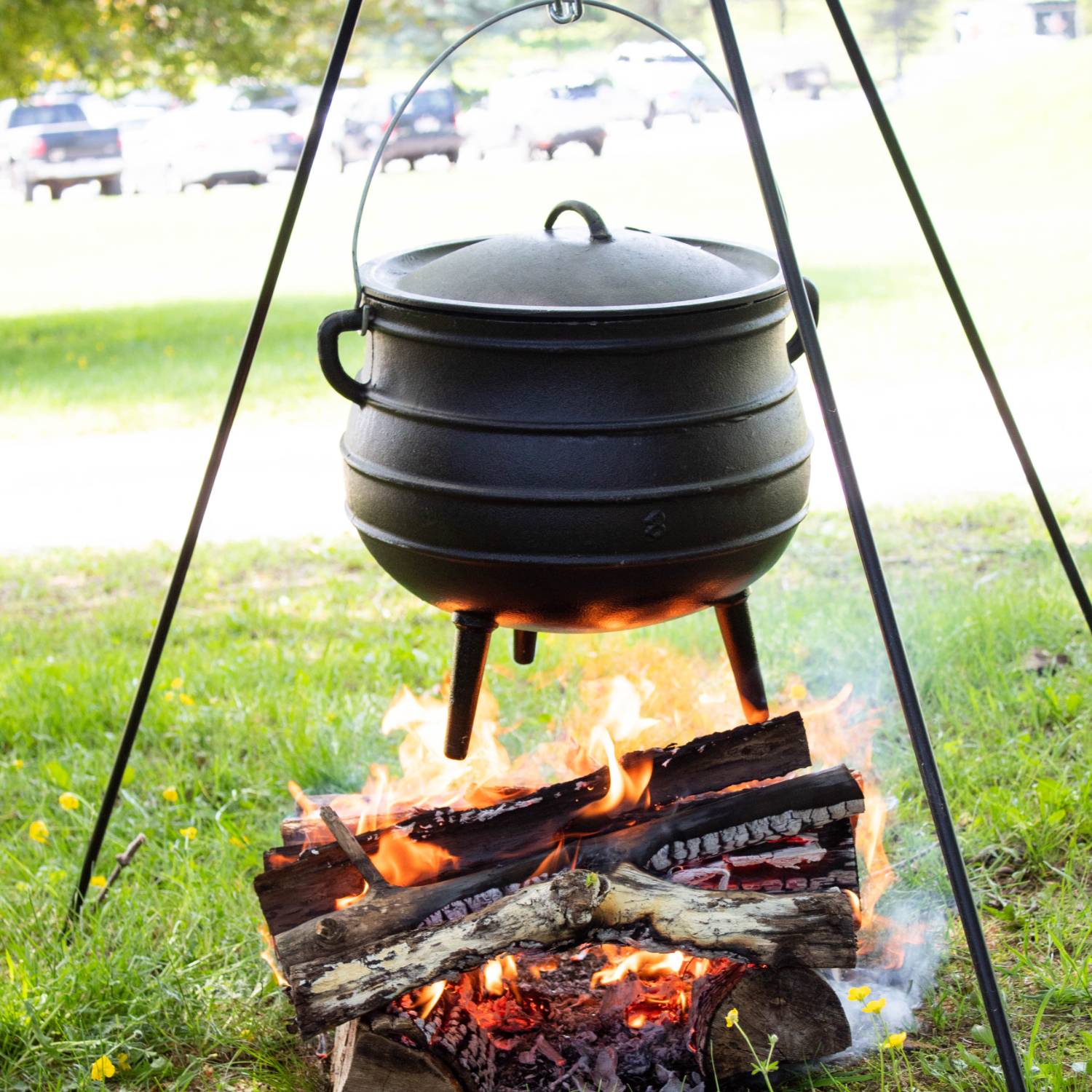

Kitchen Gadgets & Utensils
How To Cook Pasta In A Kettle
Modified: March 2, 2024
Learn how to cook pasta in a kettle with our easy guide. Discover how kitchen gadgets and utensils can simplify your cooking process.
(Many of the links in this article redirect to a specific reviewed product. Your purchase of these products through affiliate links helps to generate commission for Storables.com, at no extra cost. Learn more)
Introduction
Cooking pasta in a kettle might sound unconventional, but it's a fantastic alternative when your stovetop is occupied or you simply want a quick and convenient way to prepare a delicious meal. Whether you're a college student in a dorm room, a frequent traveler in a hotel, or a busy professional in need of a speedy dinner solution, mastering the art of cooking pasta in a kettle can be a game-changer. This method not only saves time and effort but also minimizes the need for multiple pots and pans, making it an efficient and practical cooking approach.
In this guide, we'll delve into the nitty-gritty of preparing and cooking pasta in a kettle, offering valuable tips and insights to ensure that your culinary endeavor yields perfectly al dente pasta every time. From selecting the right kettle to mastering the cooking process, you'll soon discover that whipping up a delightful pasta dish in a kettle is simpler than you might have imagined. So, let's embark on this unconventional yet rewarding culinary journey and elevate your cooking skills to a whole new level.
Key Takeaways:
- Cooking pasta in a kettle is a convenient and efficient way to prepare a delicious meal, perfect for college students, travelers, or anyone in need of a quick dinner solution. It’s a game-changer for busy cooks!
- By choosing the right kettle, preparing the pasta with care, and mastering the cooking process, you can enjoy perfectly cooked pasta with your favorite sauces and seasonings. Embrace the creativity and simplicity of kettle-cooked pasta!
Read more: How To Cook Pasta In Electric Skillet
Choosing the Right Kettle
When it comes to cooking pasta in a kettle, selecting the right kettle is crucial for achieving optimal results. Here are some key factors to consider when choosing the perfect kettle for this purpose:
- Material: Opt for a kettle made of stainless steel or heat-resistant, food-grade plastic. These materials are ideal for boiling water and cooking pasta without any adverse effects on the kettle or the food.
- Size: The size of the kettle is important, as it determines the quantity of pasta you can cook at once. A medium-sized kettle with a capacity of around 1.5 to 2 liters is suitable for cooking a standard serving of pasta for one to two people.
- Heat Source: Consider the heat source you’ll be using. If you have access to a stovetop, an electric kettle, or a kettle that can be used on a gas burner, ensure that it is compatible with your cooking setup.
- Pouring Spout: Look for a kettle with a well-designed pouring spout to facilitate easy draining of the cooked pasta. A spout that allows controlled pouring helps prevent accidents and spills.
- Handle and Lid: A sturdy, heat-resistant handle and a snug-fitting lid are essential features to ensure safe handling and efficient cooking. The handle should provide a comfortable grip, especially when the kettle is filled with hot water.
By carefully evaluating these aspects, you can choose a kettle that meets your specific cooking needs and enhances the overall pasta-cooking experience. Once you’ve selected the perfect kettle, you’ll be well-equipped to embark on your culinary adventure of preparing delectable pasta dishes with ease and convenience.
Preparing the Pasta
Before diving into the cooking process, it’s essential to prepare the pasta properly to ensure a satisfying end result. Here’s a step-by-step guide to preparing the pasta for cooking in a kettle:
- Choose the Right Pasta: Select your favorite type of pasta, whether it’s spaghetti, penne, fusilli, or any other variety that strikes your fancy. Consider the cooking time indicated on the pasta package to gauge the approximate duration needed for boiling.
- Measure the Quantity: Determine the amount of pasta you’d like to cook based on the number of servings required. As a general rule, a standard serving size is around 2 ounces (approximately 57 grams) of dried pasta per person, but you can adjust this based on individual preferences.
- Boil Water: Fill the kettle with an ample amount of water, ensuring that there’s enough room for the pasta to cook without causing an overflow. Place the kettle on the heat source and bring the water to a rolling boil. Adding a pinch of salt to the water can enhance the flavor of the pasta.
- Add the Pasta: Once the water reaches a vigorous boil, carefully add the measured pasta to the kettle. Gently stir the pasta with a long-handled spoon to prevent it from sticking together and ensure even cooking.
- Allow for Submersion: As the pasta begins to soften, use the spoon to gently push any dry strands into the boiling water to ensure that all the pasta is fully submerged. This helps prevent uneven cooking and ensures that every strand or piece of pasta is perfectly tender.
By following these preparatory steps, you’ll set the stage for a seamless and successful pasta-cooking process in the kettle. With the pasta ready to simmer to al dente perfection, you’re well on your way to savoring a delightful homemade pasta dish prepared with your trusty kettle as the star of the show.
To cook pasta in a kettle, fill the kettle with water and bring it to a boil. Add the pasta and cook it according to the package instructions, stirring occasionally. Once the pasta is cooked, drain it and use it in your favorite recipe.
Cooking the Pasta
Now that the pasta is prepped and the water is boiling, it’s time to delve into the cooking process. Cooking pasta in a kettle involves a few key steps to ensure that the pasta reaches the desired consistency. Here’s a detailed guide to cooking the pasta in your kettle:
- Monitor the Boiling Process: Once the pasta is added to the boiling water, maintain a steady boil and keep a close eye on the kettle to prevent overflow. Adjust the heat source if necessary to regulate the boiling intensity.
- Stir Occasionally: Periodically stir the pasta to prevent it from clumping together and sticking to the bottom or sides of the kettle. This gentle agitation helps the pasta cook evenly and prevents it from becoming mushy.
- Check for Doneness: After a few minutes of boiling, start testing the pasta for doneness. Use a fork or tongs to retrieve a strand or piece of pasta from the kettle and taste it to assess its texture. The pasta should be firm to the bite, known as “al dente,” indicating that it’s perfectly cooked.
- Adjust Cooking Time: If the pasta is not yet al dente, continue boiling it for short intervals, testing it frequently until it reaches the desired consistency. Avoid overcooking the pasta, as it can quickly transition from al dente to mushy if left unattended.
- Turn Off the Heat: Once the pasta reaches the ideal al dente texture, promptly remove the kettle from the heat source. Be cautious when handling the hot kettle, using oven mitts or pot holders to prevent burns.
By following these steps, you’ll master the art of cooking pasta in a kettle, achieving perfectly cooked pasta that’s ready to be transformed into a delectable culinary creation. With the pasta now cooked to perfection, it’s time to proceed to the next phase of the culinary journey: draining and serving the tantalizing pasta dish.
Draining and Serving
As the pasta reaches its ideal al dente consistency, the next crucial step is to drain it effectively and present it in a delightful manner. Here’s a comprehensive guide to draining and serving the perfectly cooked pasta from your trusty kettle:
- Use a Colander or Strainer: Carefully pour the contents of the kettle into a colander or strainer set over the sink to separate the pasta from the hot water. Be mindful of the steam and hot water as you perform this step, ensuring that you maintain a secure grip on the kettle to prevent accidents.
- Reserve Some Pasta Water: Before draining the pasta completely, consider setting aside a small amount of the starchy pasta water. This water can be used to adjust the consistency of pasta sauces or to prevent the pasta from becoming dry when mixed with other ingredients.
- Transfer to Serving Dish: Once the pasta is thoroughly drained, transfer it to a serving dish or bowl. Toss the pasta gently with a drizzle of olive oil or a knob of butter to prevent the strands from sticking together and to enhance the overall flavor and texture.
- Add Your Favorite Sauce or Seasoning: Whether you prefer a classic marinara sauce, a creamy Alfredo sauce, a zesty pesto, or a simple sprinkle of grated cheese and freshly ground black pepper, now is the time to add your preferred sauce or seasoning to the pasta. Toss the pasta gently to ensure that it’s evenly coated with the delectable flavors.
- Garnish and Enjoy: Sprinkle some freshly chopped herbs, such as basil, parsley, or oregano, over the pasta to add a vibrant burst of color and freshness. Serve the pasta immediately, allowing everyone to savor the delightful flavors and textures while they’re at their peak.
With the pasta expertly drained and adorned with your preferred accompaniments, it’s now ready to be relished by eager diners. Whether you’re enjoying a solo meal or sharing this culinary creation with friends and family, the satisfaction of cooking pasta in a kettle and savoring the fruits of your labor is truly a rewarding experience.
Read more: How To Store Leftover Pasta With Sauce
Conclusion
Cooking pasta in a kettle opens up a world of culinary possibilities, offering a convenient and efficient way to prepare a delightful meal without the need for elaborate cooking equipment. By choosing the right kettle, preparing the pasta with care, mastering the cooking process, and skillfully draining and serving the cooked pasta, you’ve embarked on a culinary adventure that showcases creativity and resourcefulness.
As you savor each forkful of perfectly cooked pasta, infused with your favorite sauces and seasonings, take pride in the fact that you’ve embraced a unique cooking method that defies convention and yields exceptional results. The versatility of cooking pasta in a kettle transcends limitations, allowing you to whip up a satisfying meal in various settings, whether it’s a cozy kitchen, a dorm room, a camping site, or a hotel room with limited amenities.
Embrace the art of kettle-cooked pasta as a testament to your culinary ingenuity and adaptability. Let this unconventional approach to cooking inspire you to explore new cooking techniques and experiment with diverse ingredients, all while savoring the simple joy of a well-prepared meal.
So, the next time you find yourself pondering a quick and delicious meal solution, remember the remarkable journey of cooking pasta in a kettle. Embrace the simplicity, revel in the creativity, and savor the delightful flavors that emerge from this unconventional yet remarkably effective cooking method. Bon appétit!
Frequently Asked Questions about How To Cook Pasta In A Kettle
Was this page helpful?
At Storables.com, we guarantee accurate and reliable information. Our content, validated by Expert Board Contributors, is crafted following stringent Editorial Policies. We're committed to providing you with well-researched, expert-backed insights for all your informational needs.
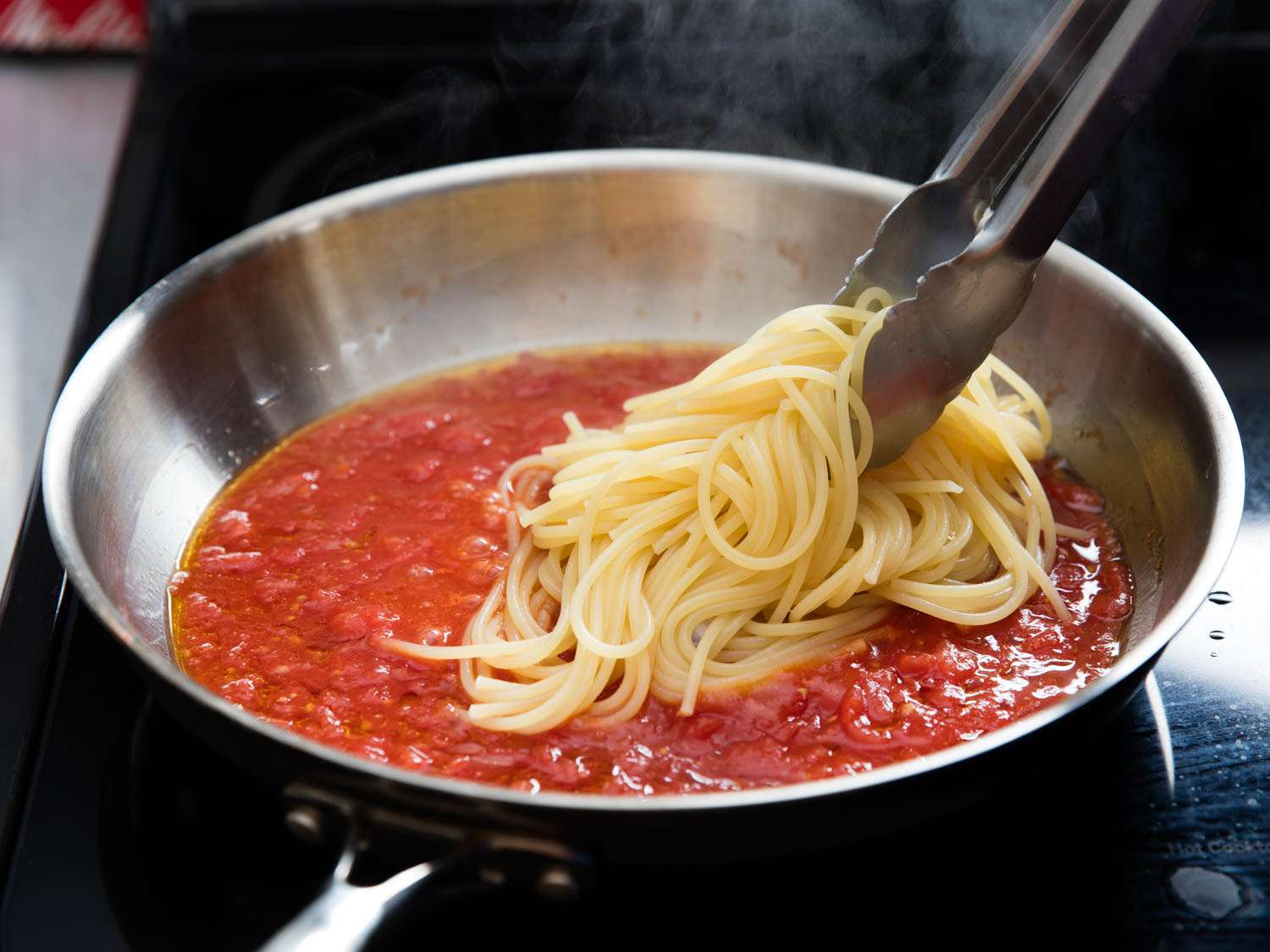
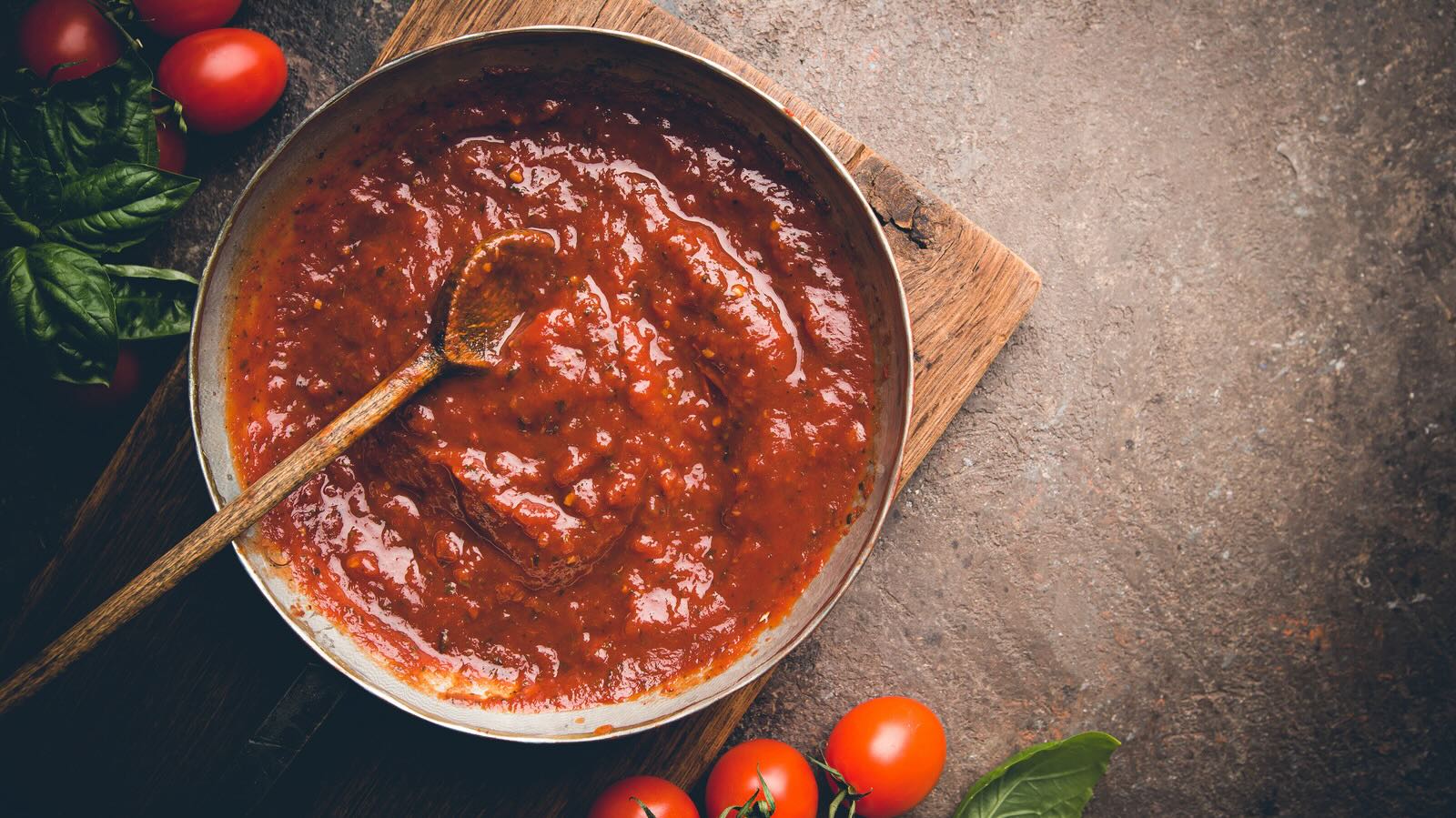
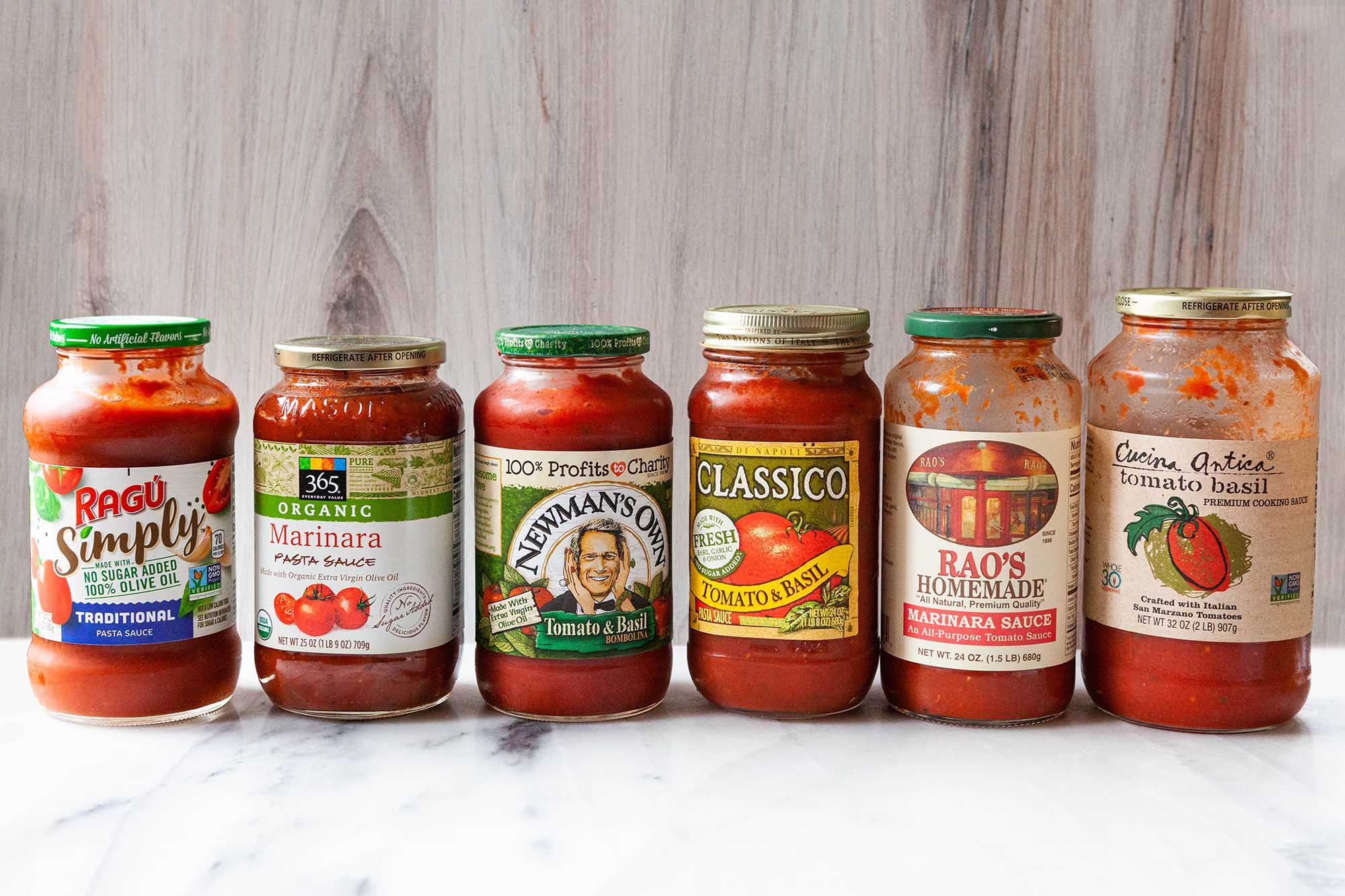
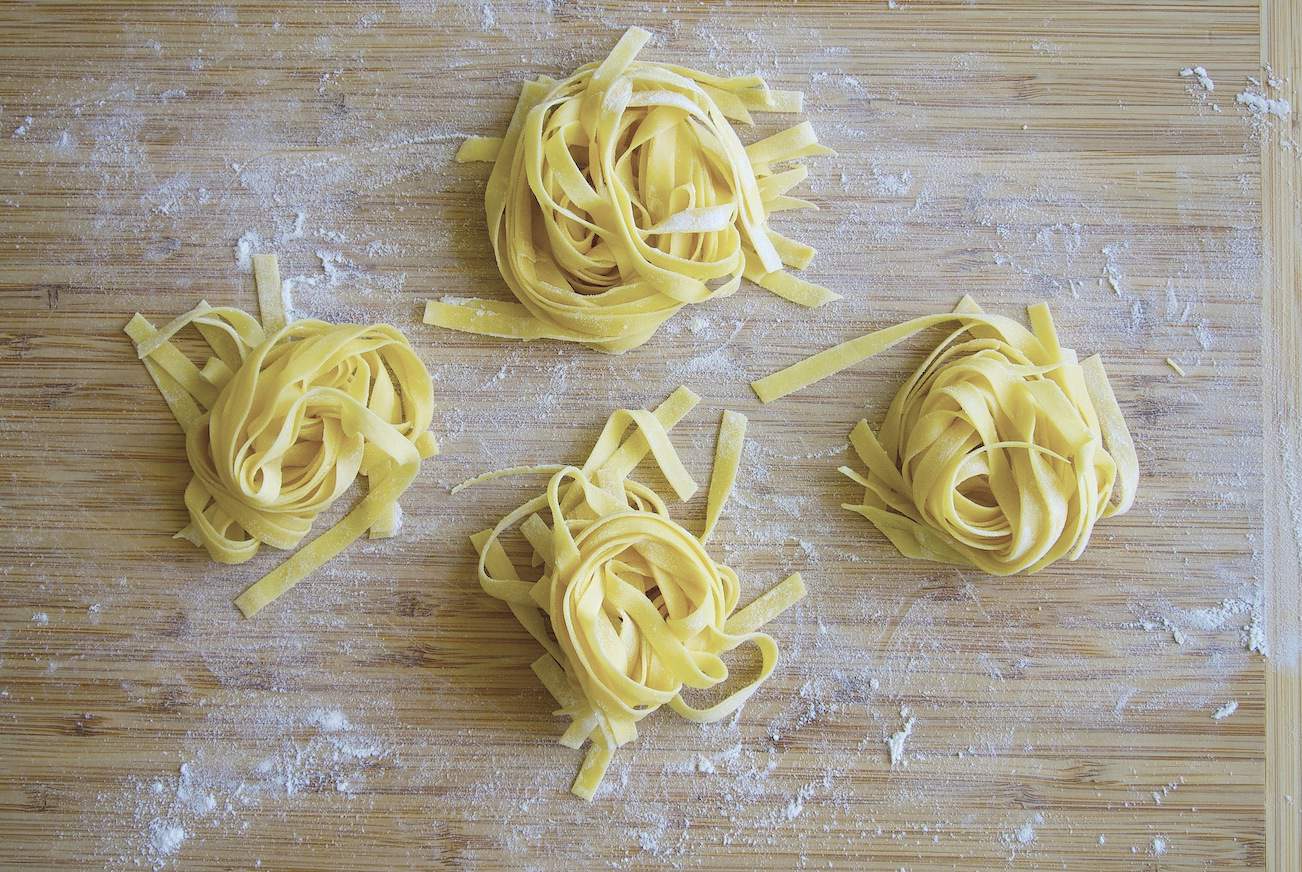
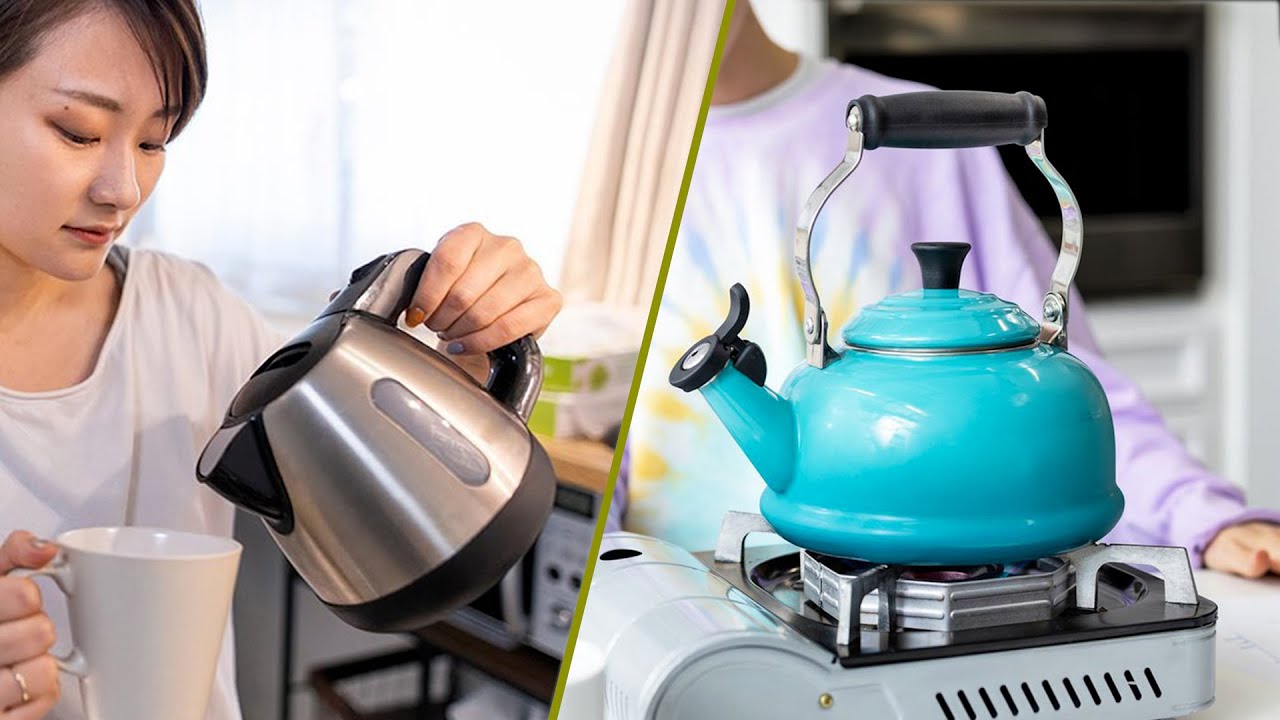

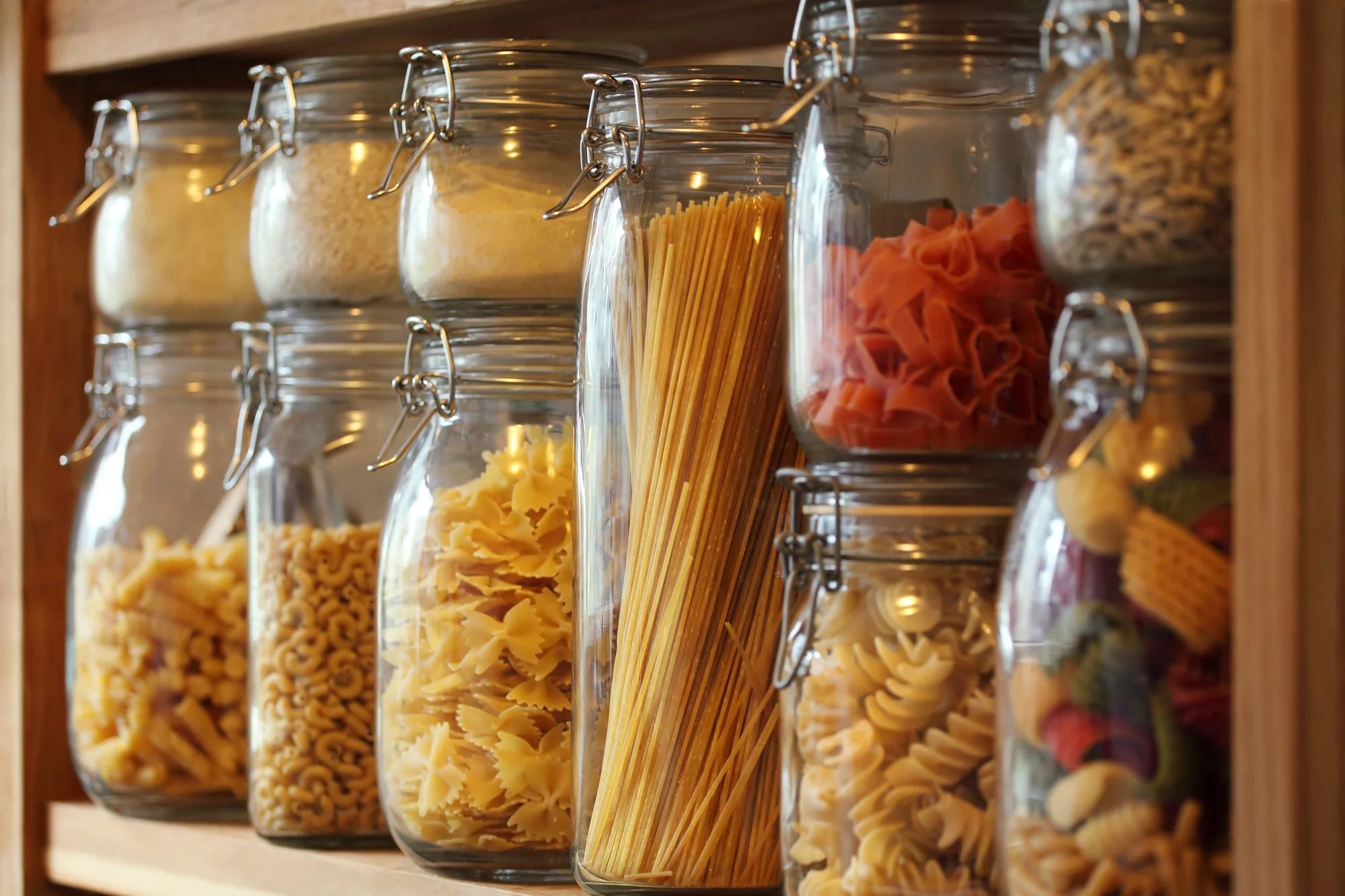
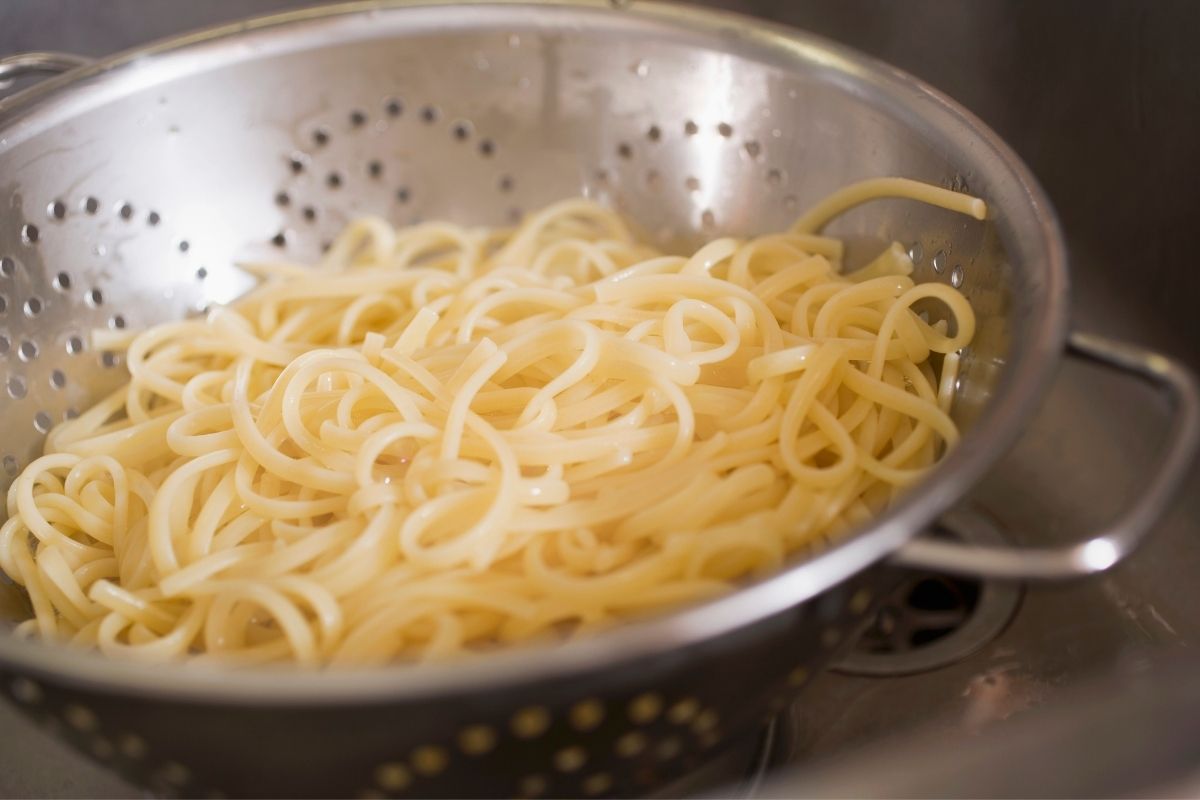
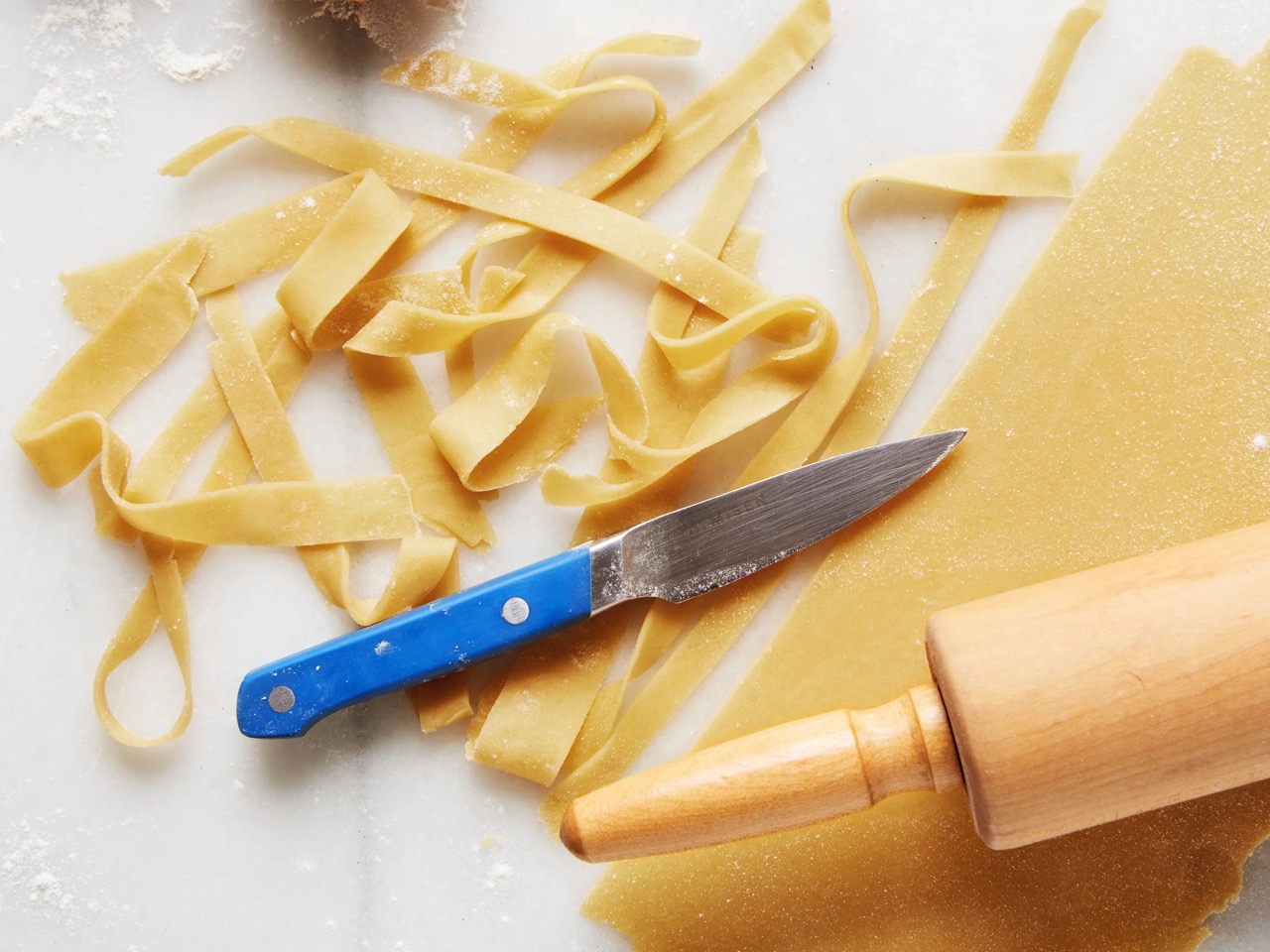
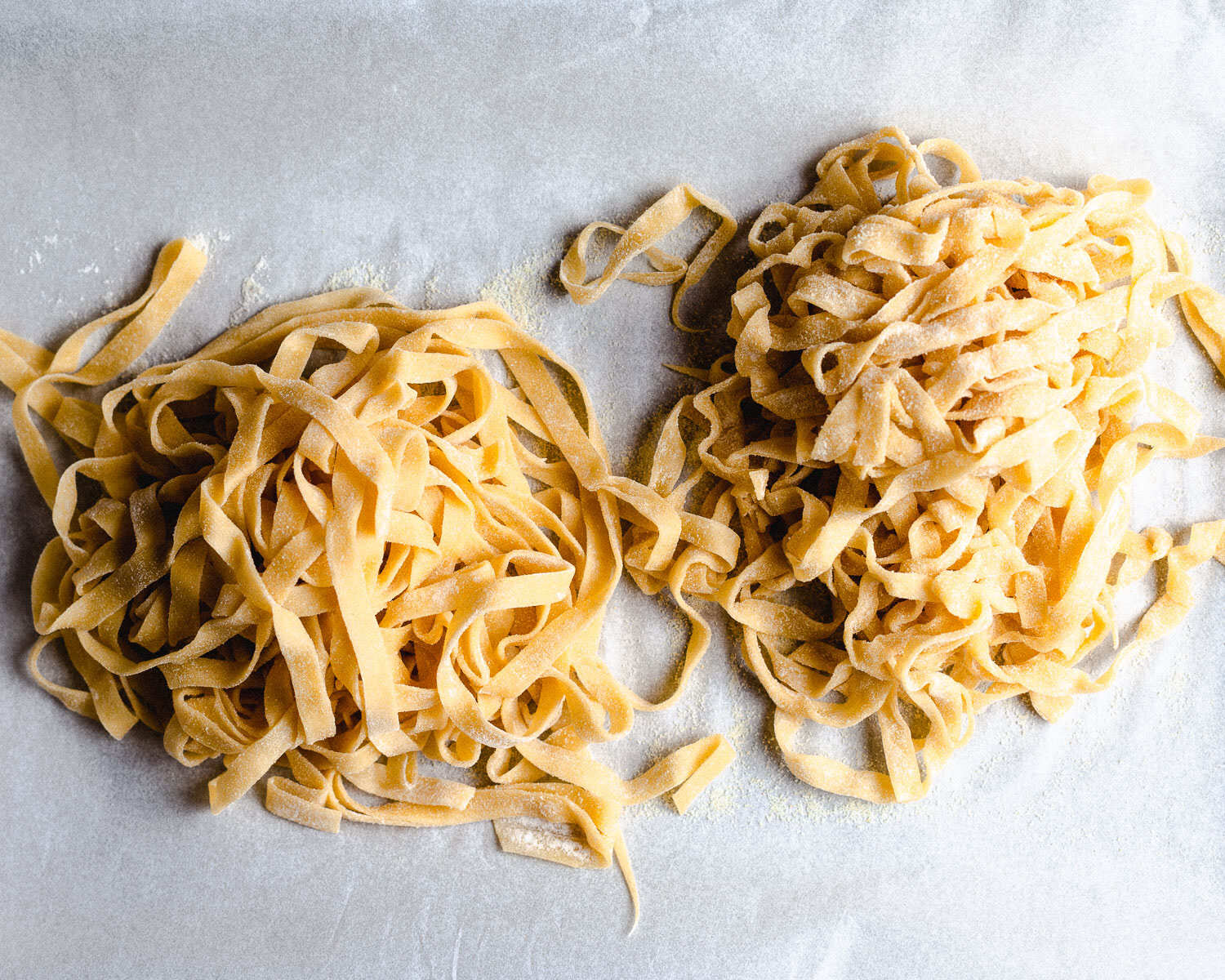
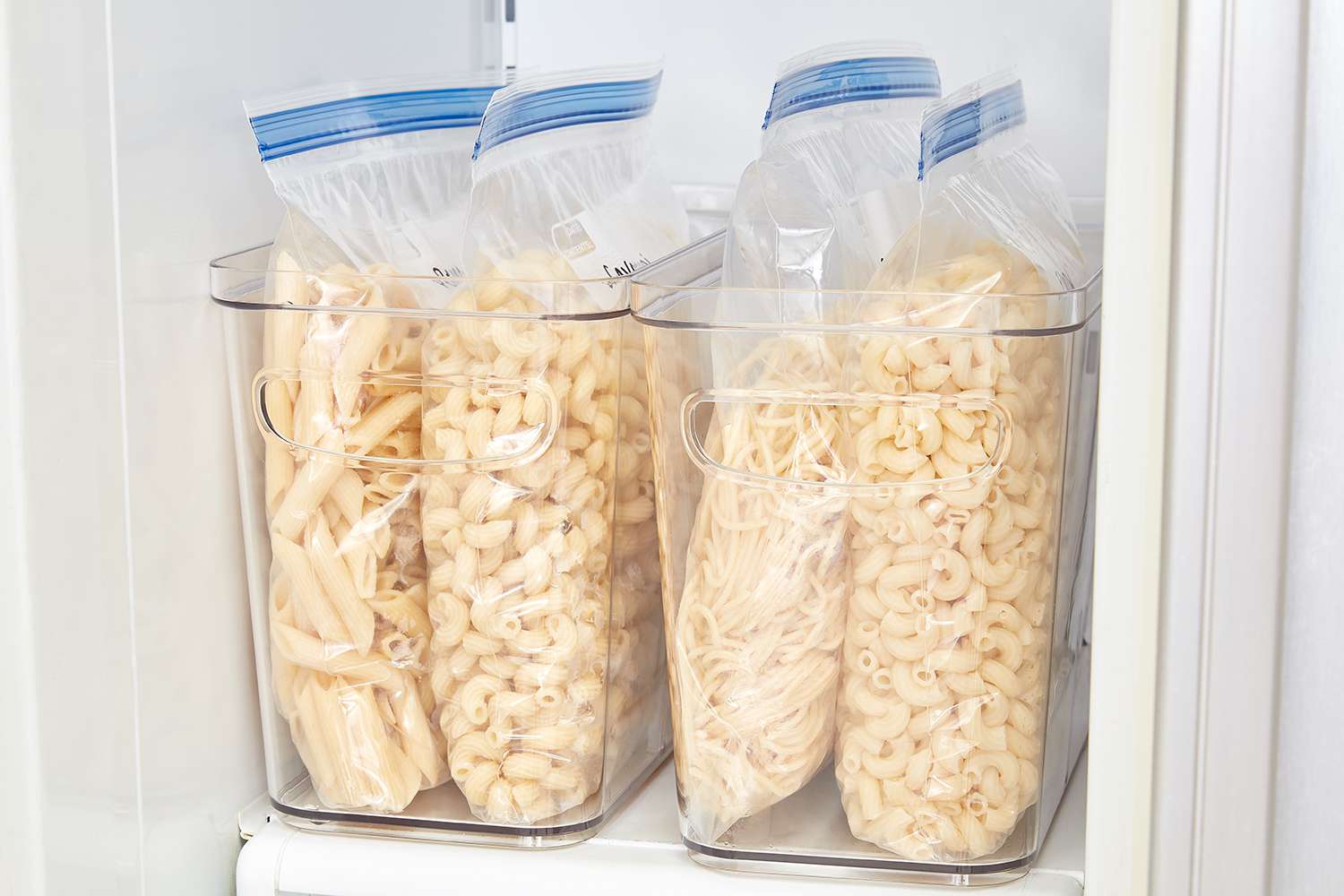


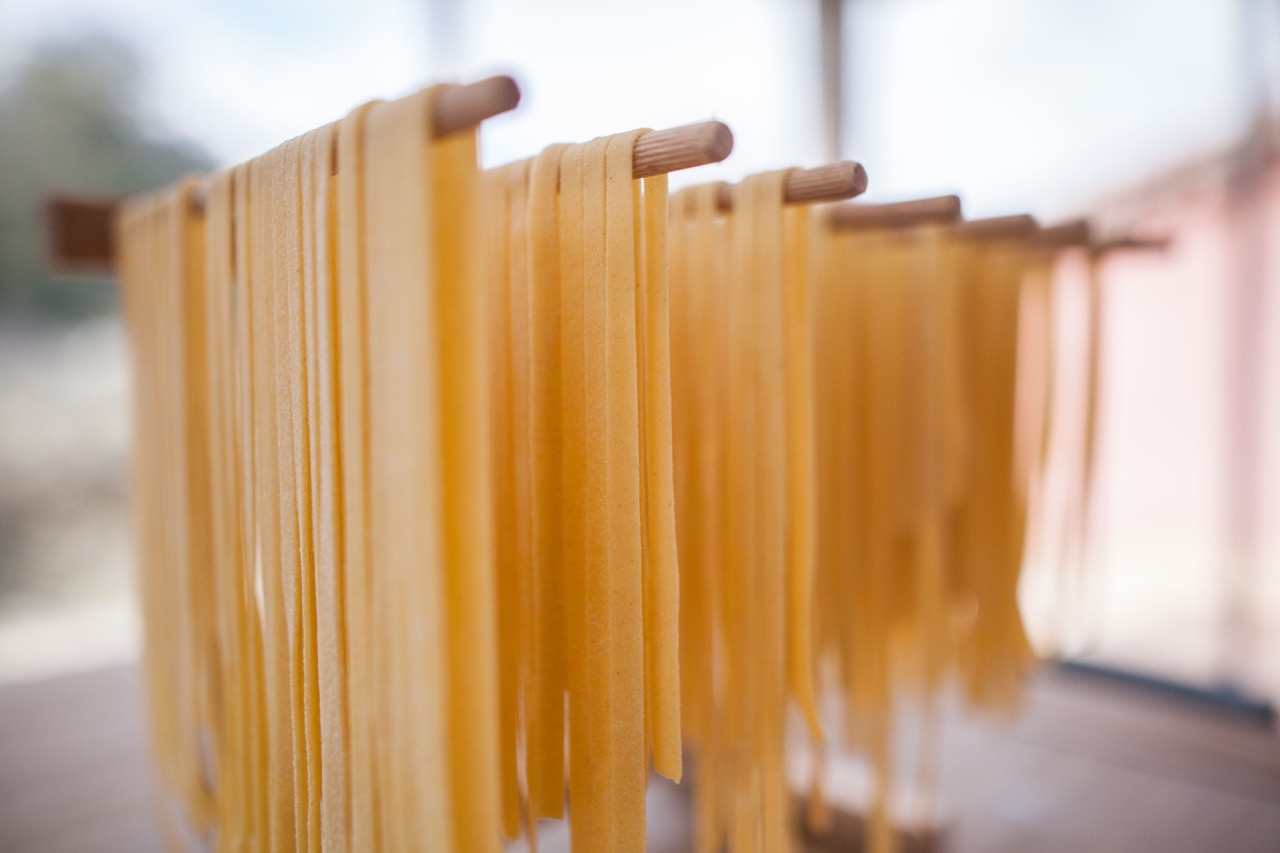

0 thoughts on “How To Cook Pasta In A Kettle”